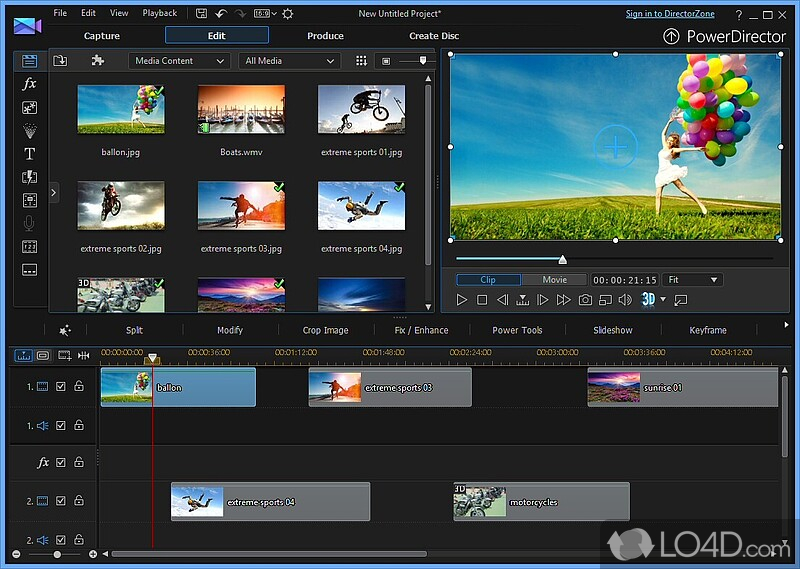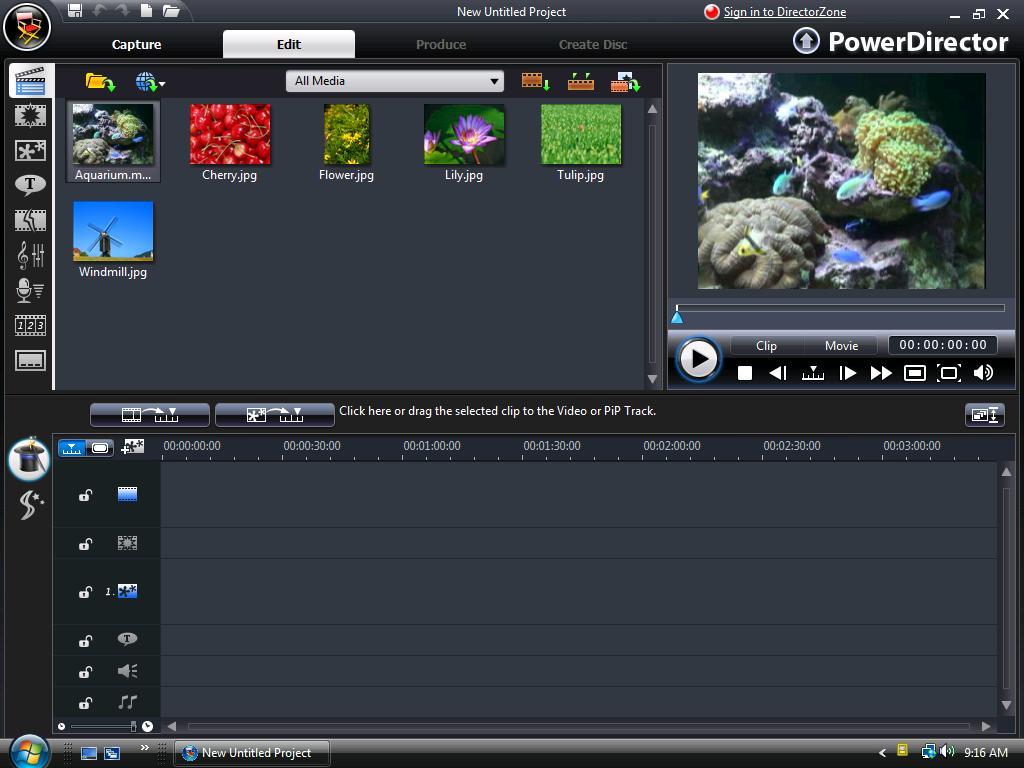

Note: replace FILE1.TOD and FILE2.TOD by the real names of your files, and replace MERGED.TOD with the target name of file you want.

now, you need to do a binary merge by typing: COPY /B FILE1.TOD + FILE2.TOD MERGED.TOD you need to know the path where are located your files assuming that they are into the Directory 'C:\VIDEO', you need to change your current Directory by typing: CD C:\VIDEO

you are now into a new window, in text mode, running a DOS environment, under Windows, open the 'Run' window, and type into it the program name: Command If you have no specialized Tool to manipulate files (having in general a merging function somewhere), you can do as in the 'old-time' a DOS merge: So, you need to merge them back into 1 file to retrieve a normal file. In fact, at a binary level, both files contain the correct data of the recorded flow: they are really like 1 file cut in 2 -or more- separated other files. This 'cut' point is not well undestood by the NLE softwares when the 2 files are imported on the time-line. Perhaps this can be of help to others who run into the same problem:Īs all the camcorders having a HHD formatted in FAT, the size of a data file is limited to 4GB.ĭuring a continious recording, the GZ-HD7 closes the current file when this limit is reached and open a new file.

It references a different video camera than I use, but the concept is the same. I'm going to paste what the other person posted way back in 2004. Actually I finally found a solution after searching through countless forums on the web.


 0 kommentar(er)
0 kommentar(er)
